Date
Feature slide
Slide text
Heba, 11, fled the fighting in Mosul. In her camp, she overhears parents talk about marrying off their daughters. But she dreams of being an architect: “I’m going to build a house just like this for my family.”
Photo credit
© Vincent Tremeau / Interview by Corinne Redfern
Text orientation
Left
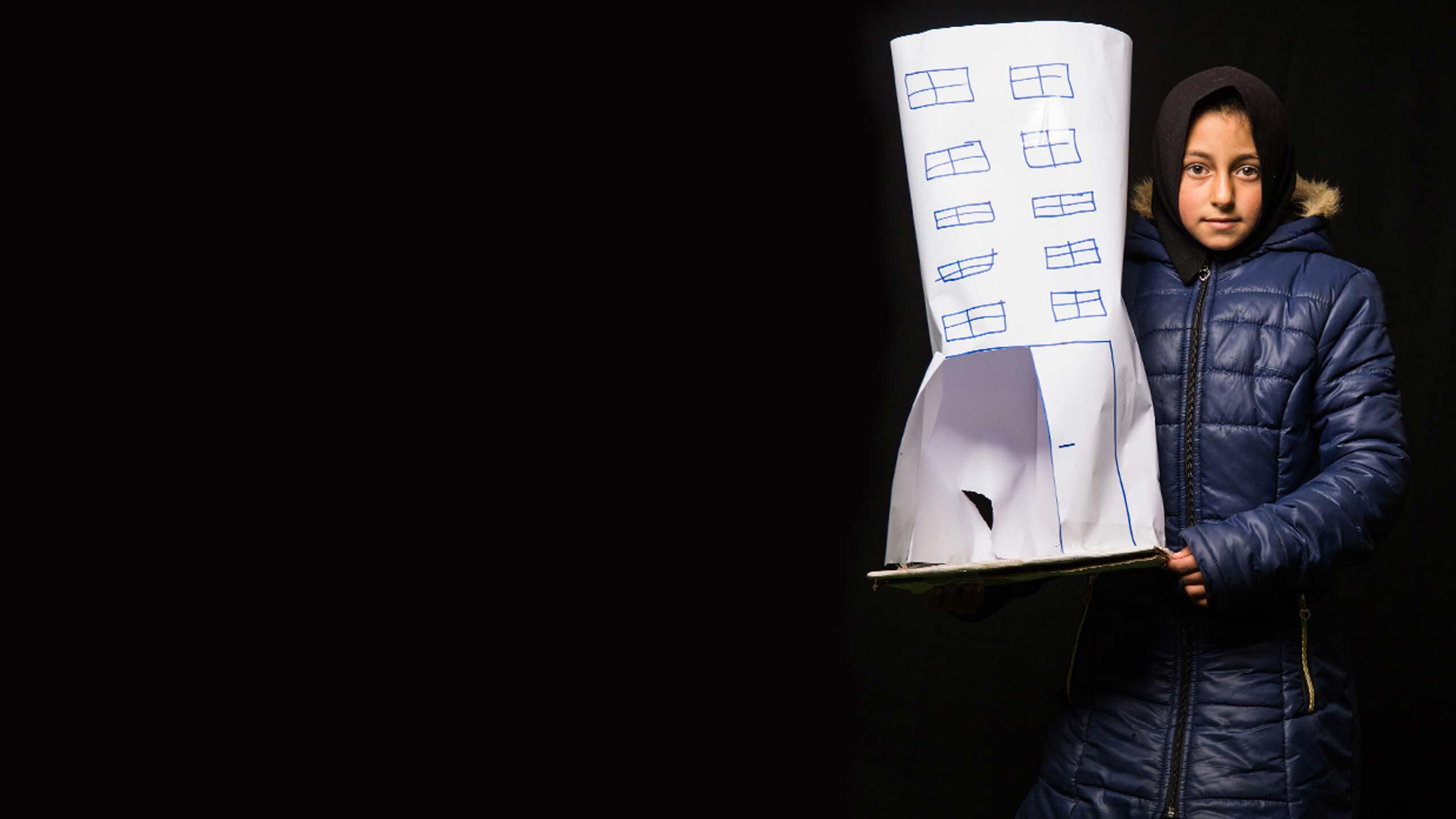
Feature link
Sub Title
Every day, tens of thousands of girls become child brides. What happens when girls are allowed to dream up a different future?
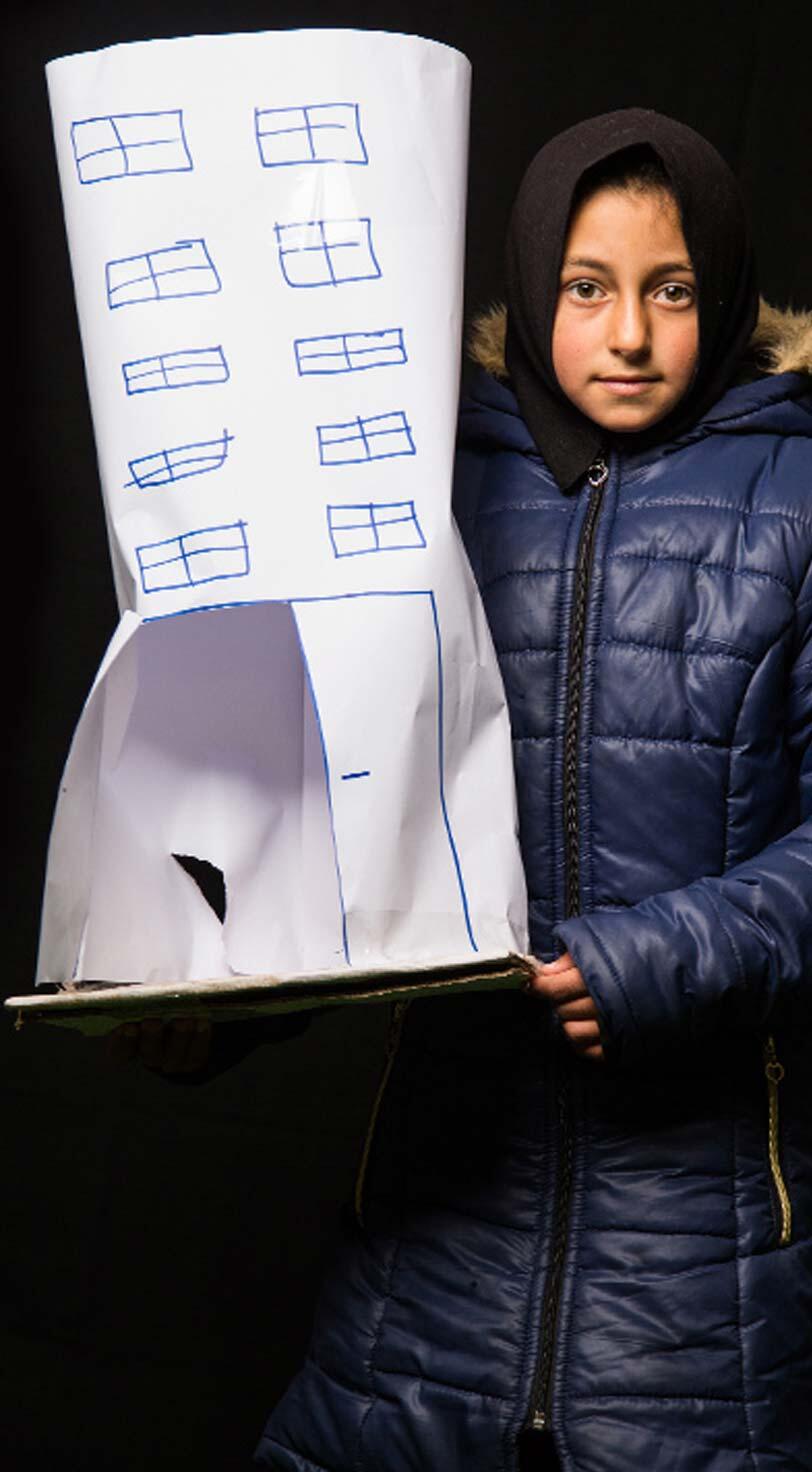
Slide text
It is part of Mr. Tremeau’s ongoing “One Day I Will” project, in which children make costumes depicting their future ambitions. Punita, 14, in Nepal, wants to be a teacher. “All of my sisters had to leave school by year seven to get married, so I’m determined to keep studying for as long as possible and get a great job – just to show the world that one of us could do it.”
Photo credit
© Vincent Tremeau / Interview by Corinne Redfern
Text orientation
Right
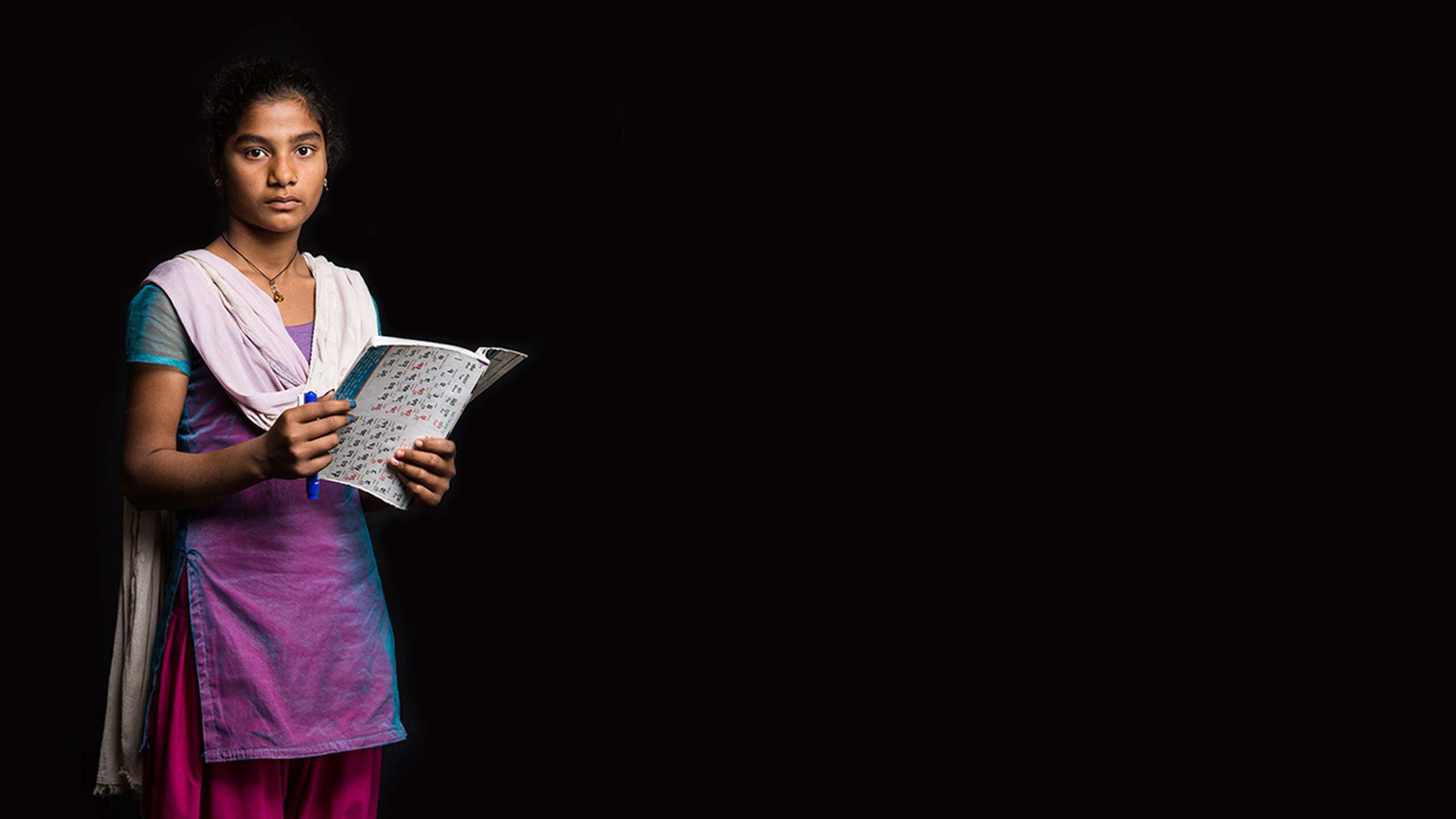
Feature link
Sub Title
For Valentine's Day, photographer Vincent Tremeau went to Nepal and Iraq to find out what at-risk girls want to be when they grow up.
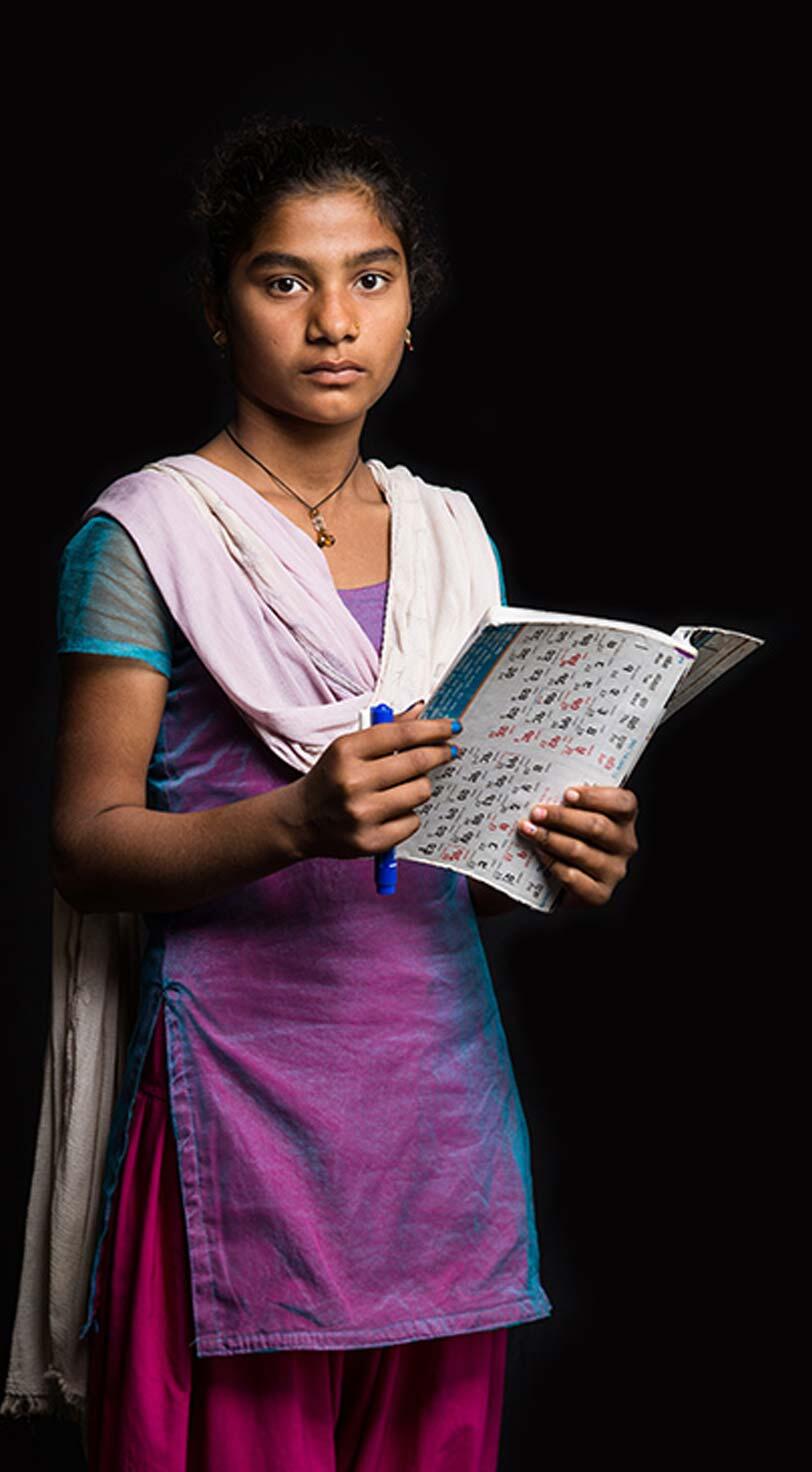
Slide text
“Thinking about what I’d like to do makes me feel sad, because I don’t know if I’ll be allowed to do it," said Rupali, 17, in Nepal. She wants to be a tailor. "I’ve been married for five years – since I was 12 – but I haven’t gone to live with my husband yet.”
Photo credit
© Vincent Tremeau / Interview by Corinne Redfern
Text orientation
Left
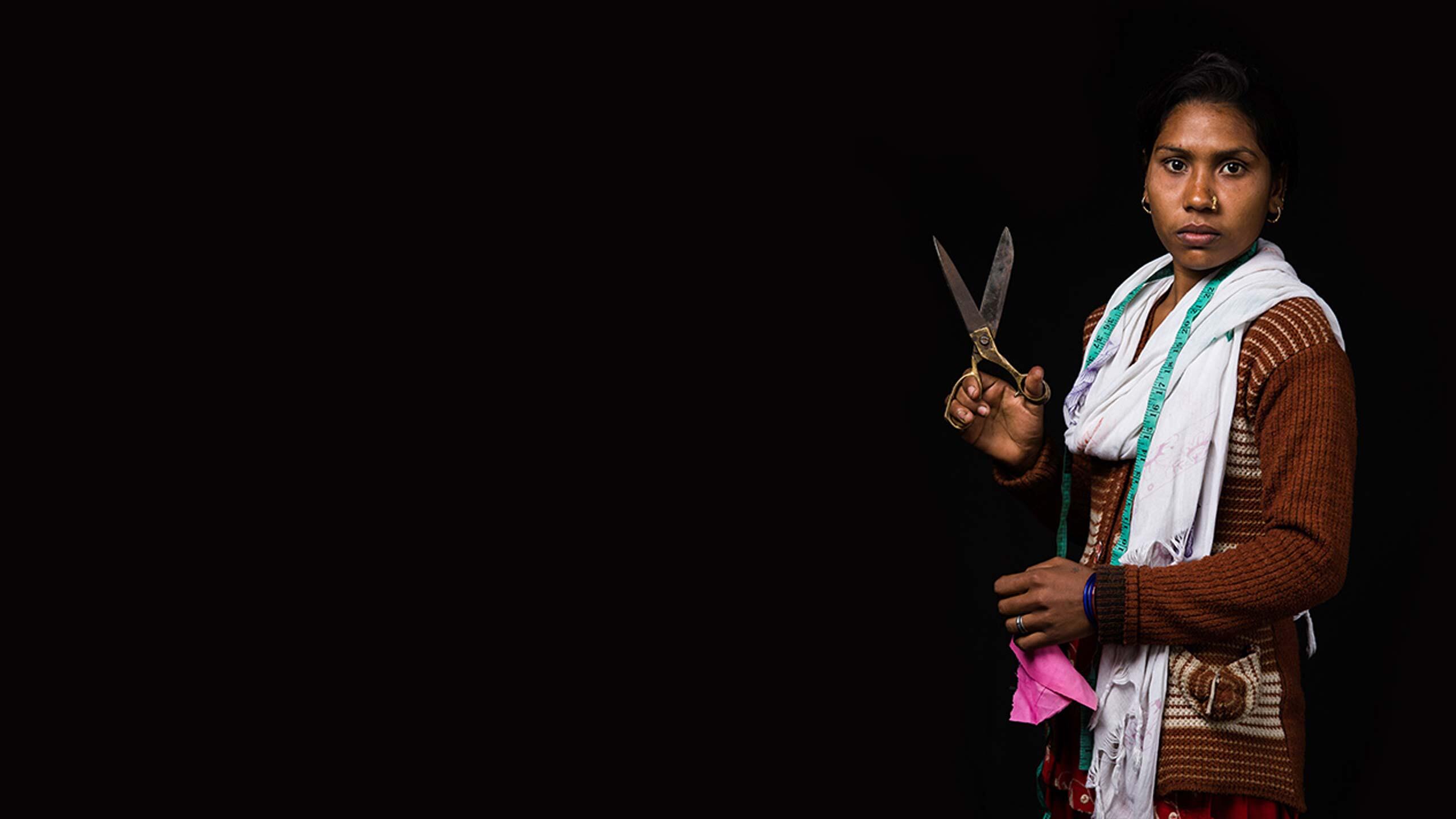
Sub Title
If current trends continue, an estimated 70 million girls will become child brides over the next five years.
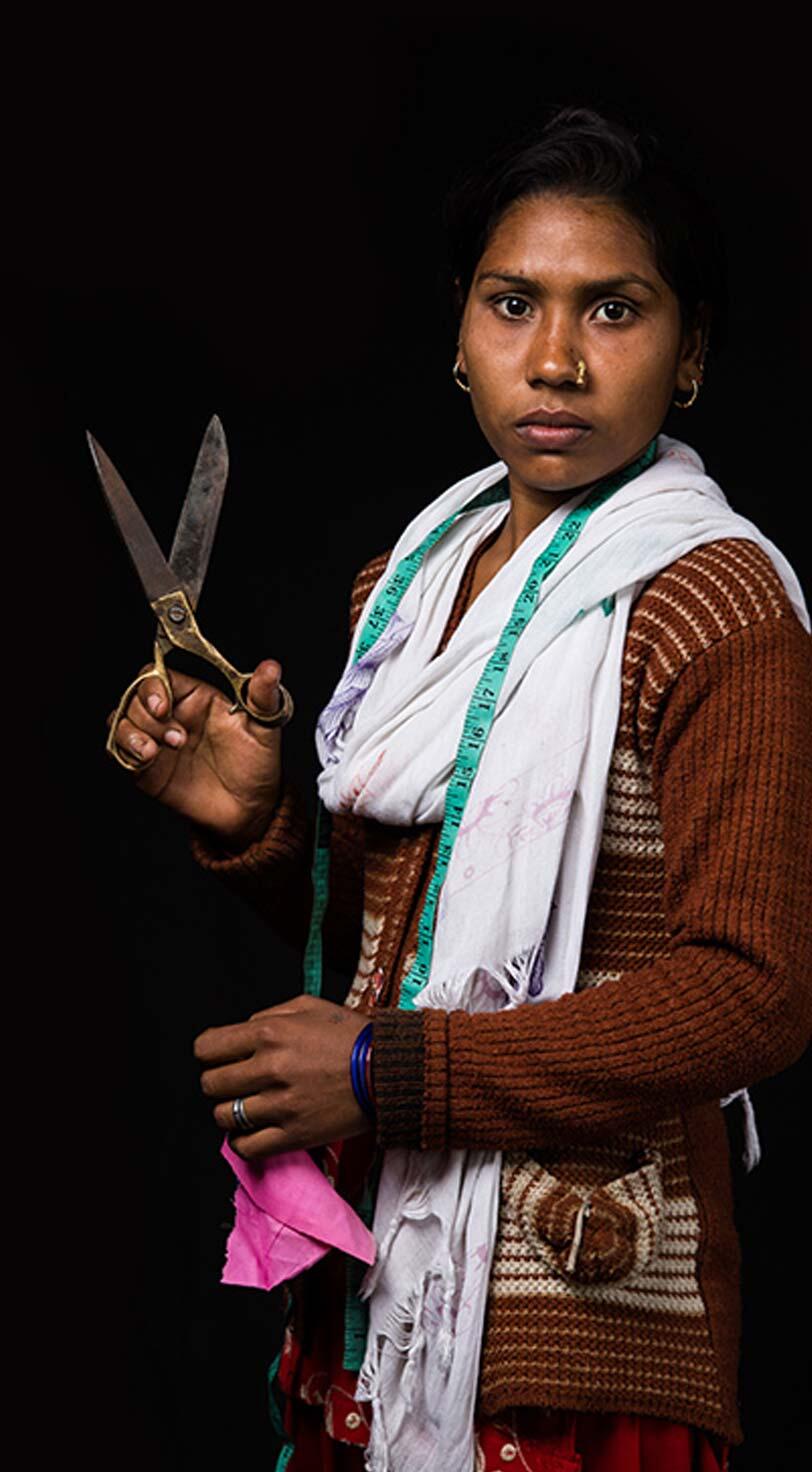
Slide text
“They risked being taken by Daesh and forced to marry their soldiers instead,” said Malak, 11. She dreams of owning a chocolate factory: “I just really like chocolate.”
Photo credit
© Vincent Tremeau / Interview by Corinne Redfern
Text orientation
Right
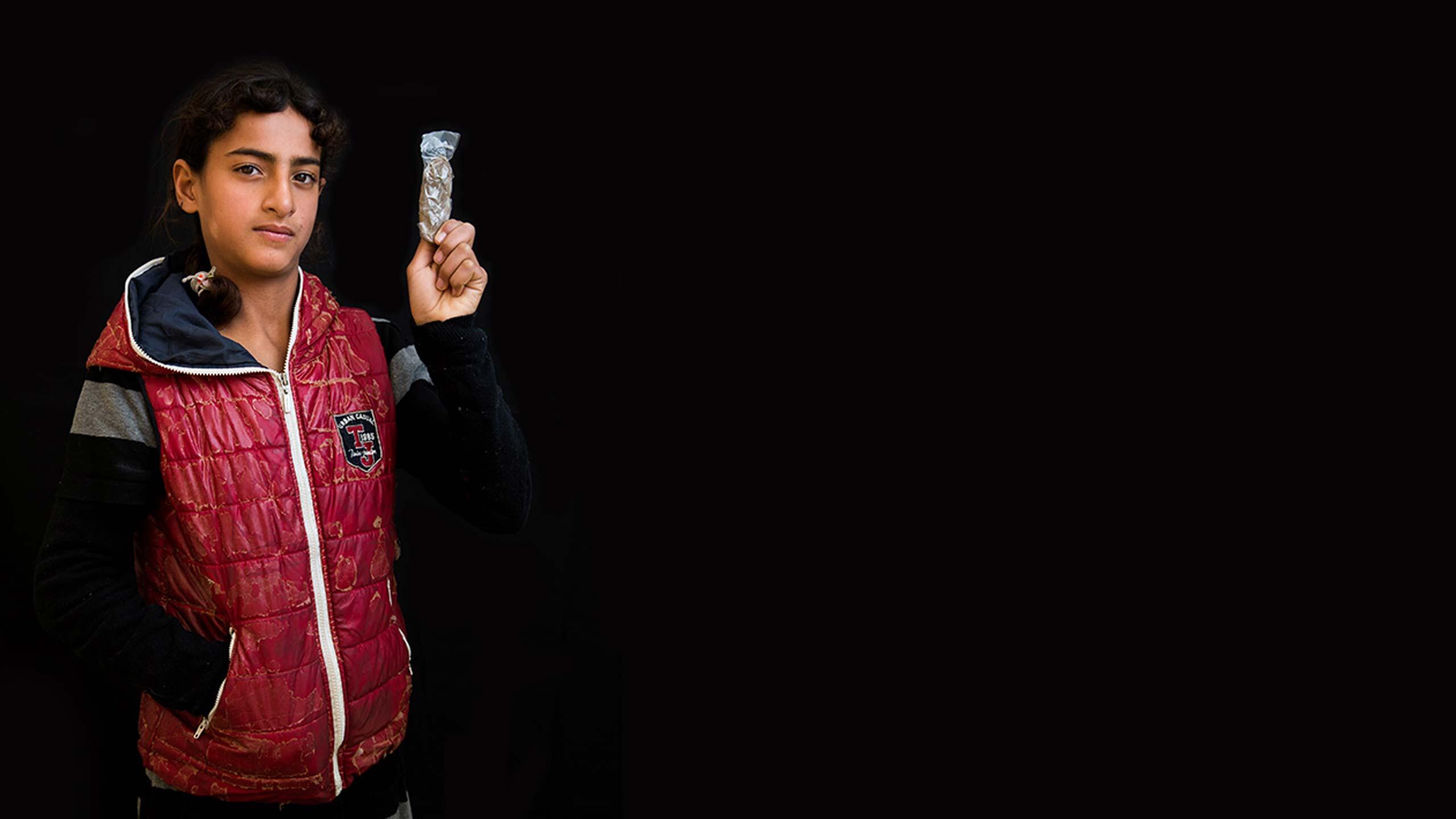
Sub Title
Child marriages are fueled by poverty, insecurity and gender inequality. In Iraq, Malak’s sisters were married off at ages 13 and 14 to protect them from the Islamic State of Iraq and the Levant (ISIL, also known as ISIS or Daesh).
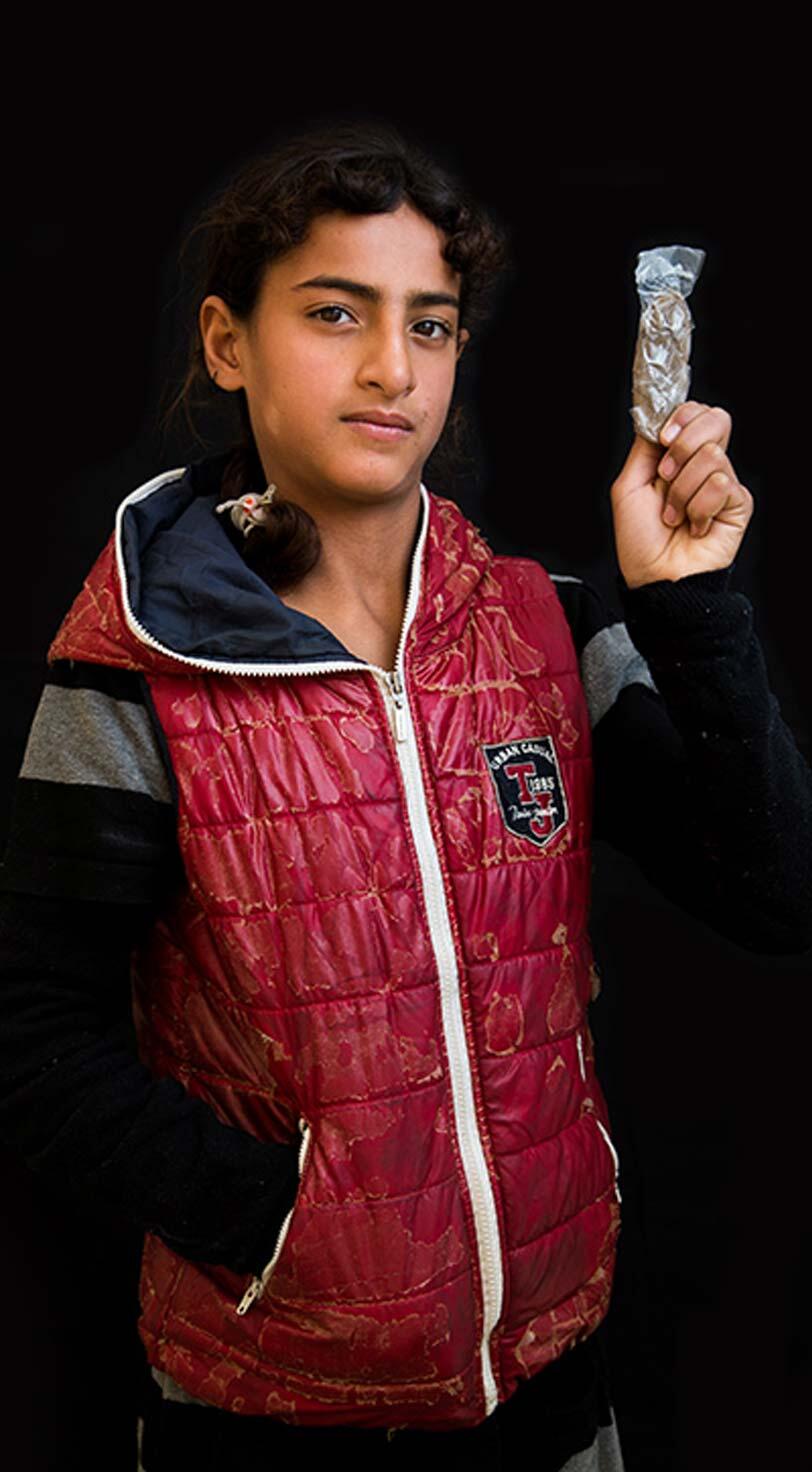
Slide text
“It’s women who suffer violence, not men. And it’s girls who get married when they’re 12 or 13, not boys,” said Maya, 14, from Baluhaw, Nepal. She wants to open a noodle shop: “There will be queues of people out the door, and nobody will ever complain about any of our products – service with a smile will be my motto.”
Photo credit
© Vincent Tremeau / Interview by Corinne Redfern
Text orientation
Right
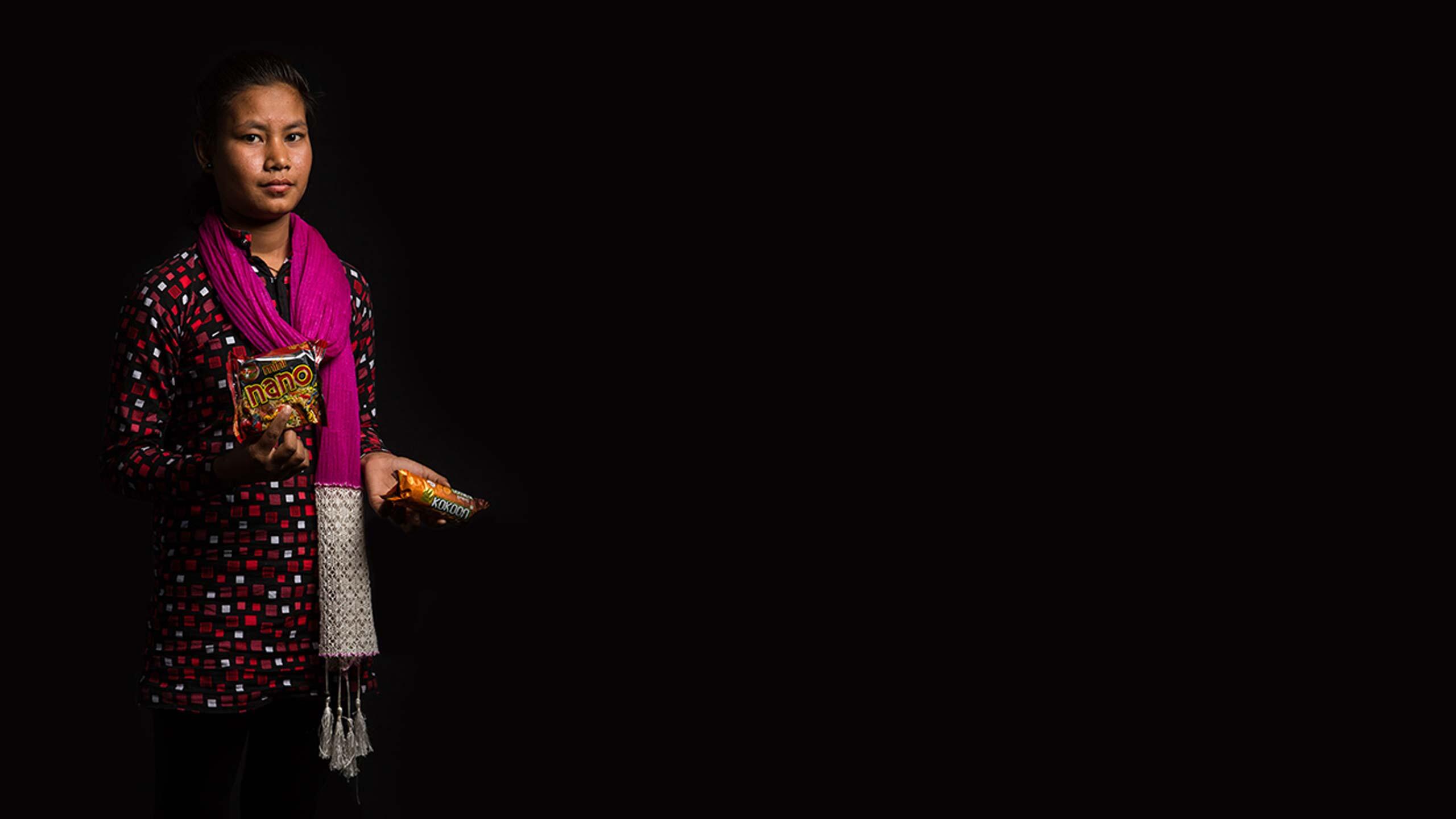
Sub Title
A 2014 survey in Nepal found that nearly half of adult women were married while still children.
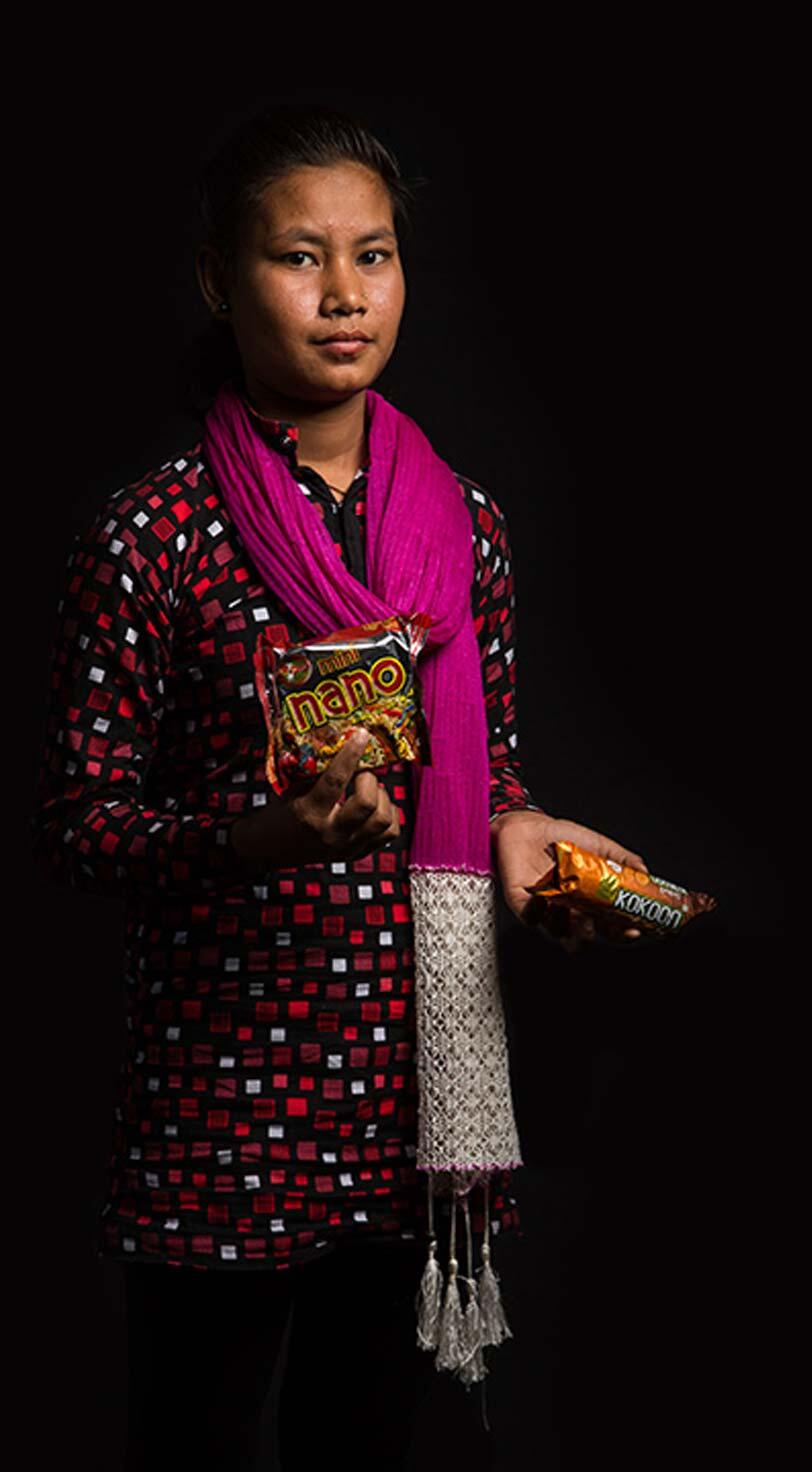
Slide text
“My best friend was married at 16, and died while she was giving birth the year after,” said Sirjana, 18, in Nepal. She wants to be a social worker: “Social workers make life easier for people who have very tough lives, and that’s something I’d like to do.”
Photo credit
© Vincent Tremeau / Interview by Corinne Redfern
Text orientation
Left
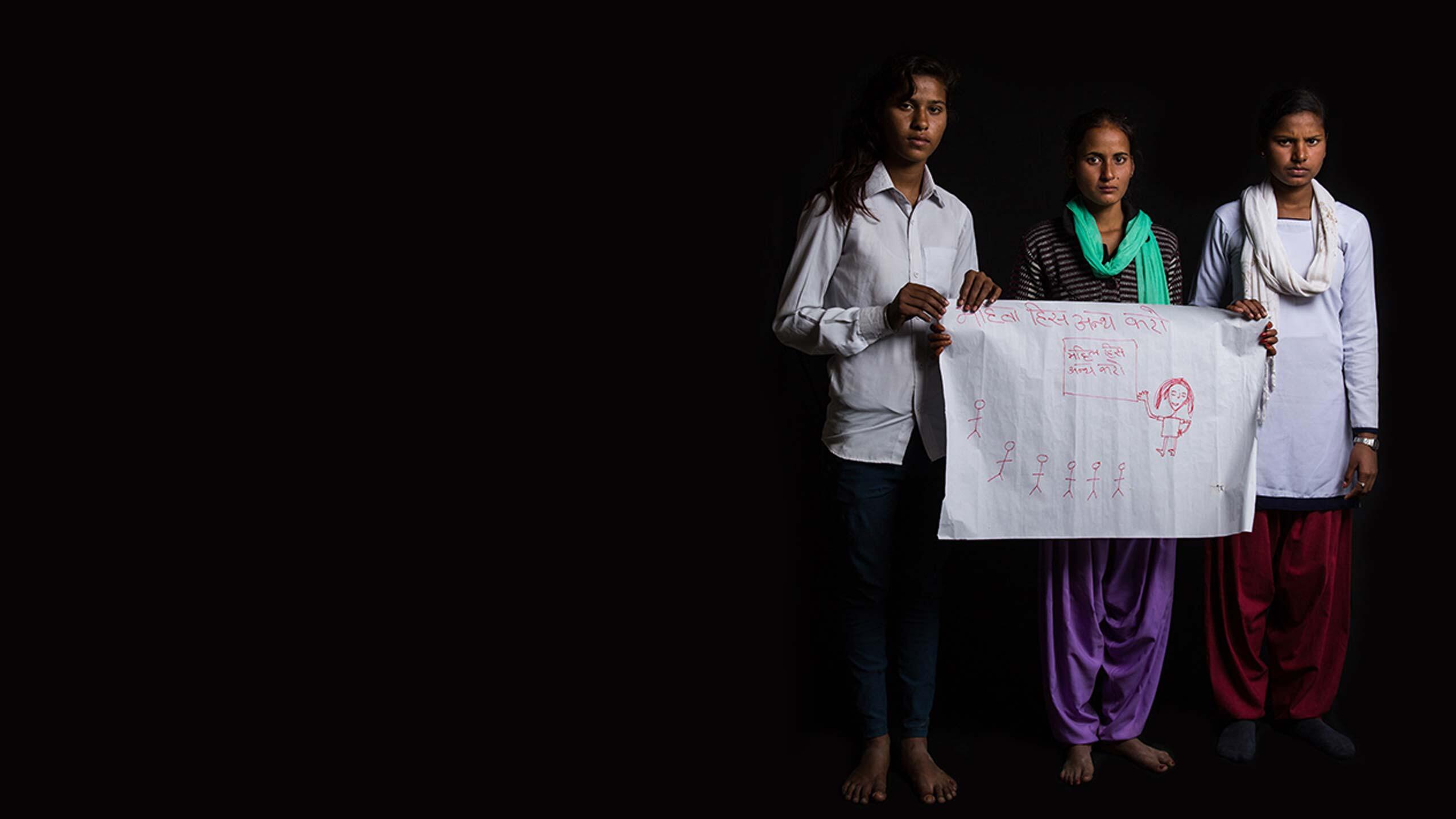
Sub Title
Child brides are often pressured to become mothers before they are emotionally or physically ready. Globally, complications of pregnancy are a leading killer of adolescent girls.
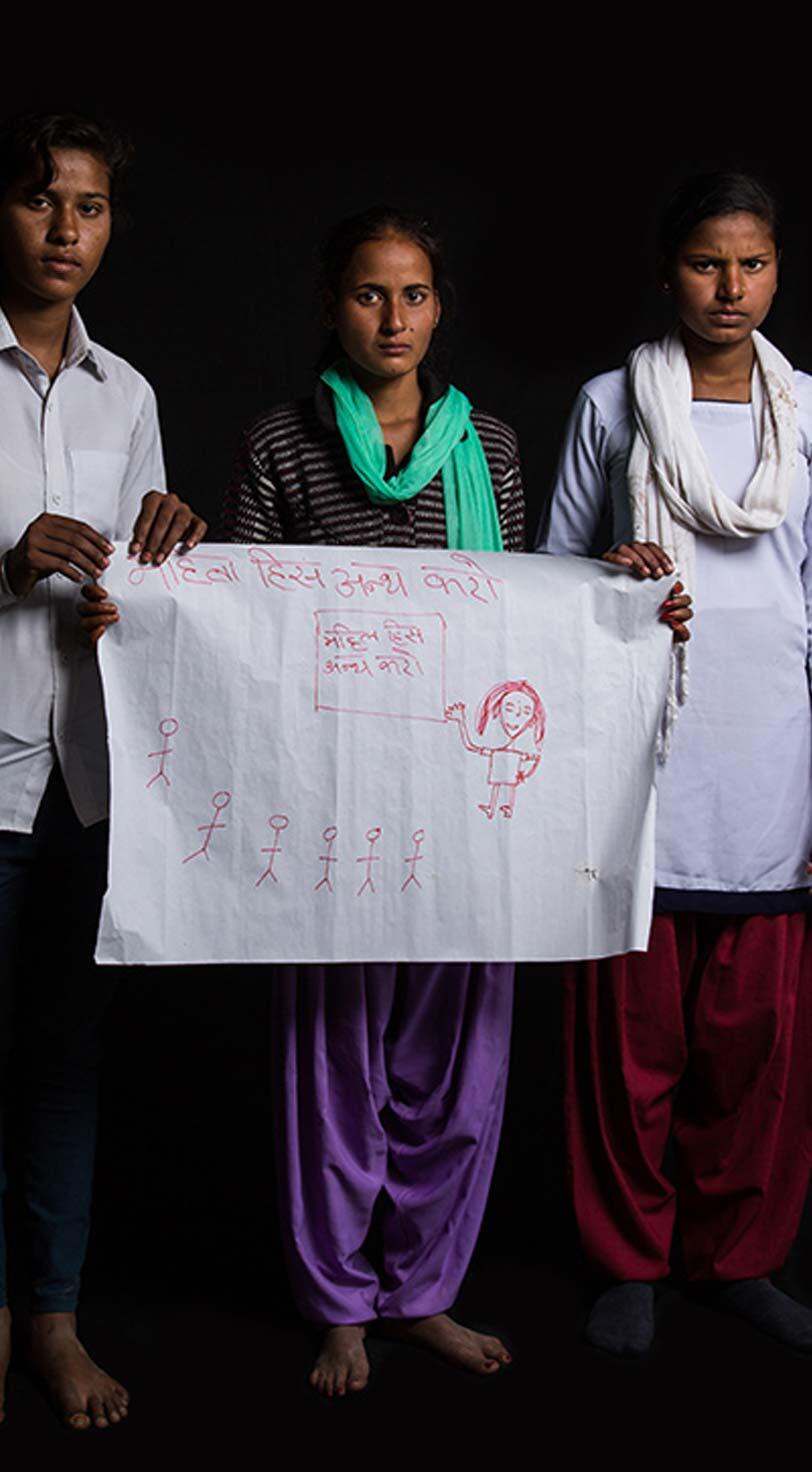
Slide text
“That happens a lot around here and it makes me feel scared, like I’m going to be next,” said Damya, 11, from Iraq. She wants to be a tailor: "My aunt was a tailor and she told me that if I could learn to sew things, then I’d always be able to help people, because people always need clothes.”
Photo credit
© Vincent Tremeau / Interview by Corinne Redfern
Text orientation
Right
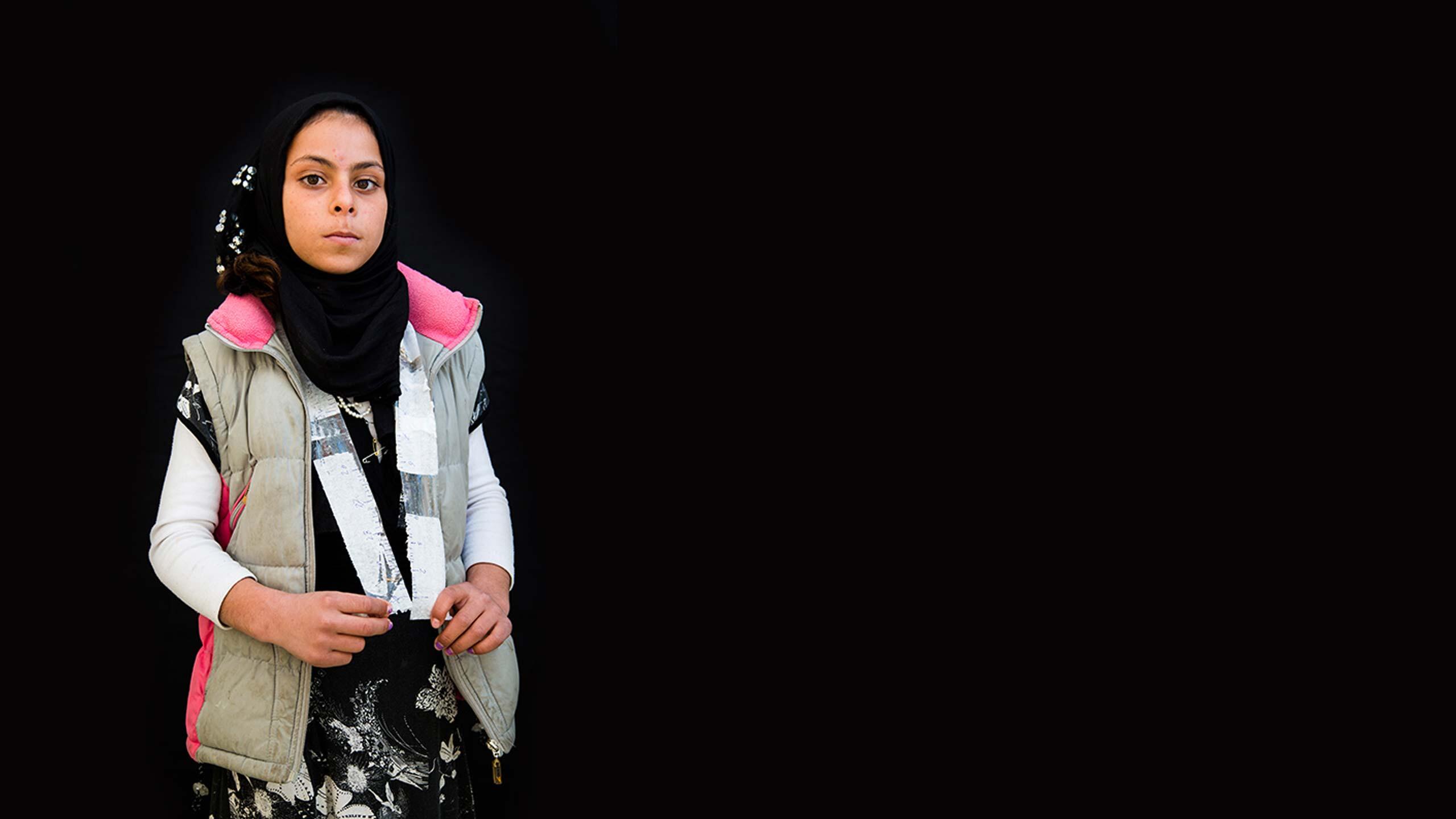
Sub Title
These marriages deprive girls of something irretrievable: their childhoods.
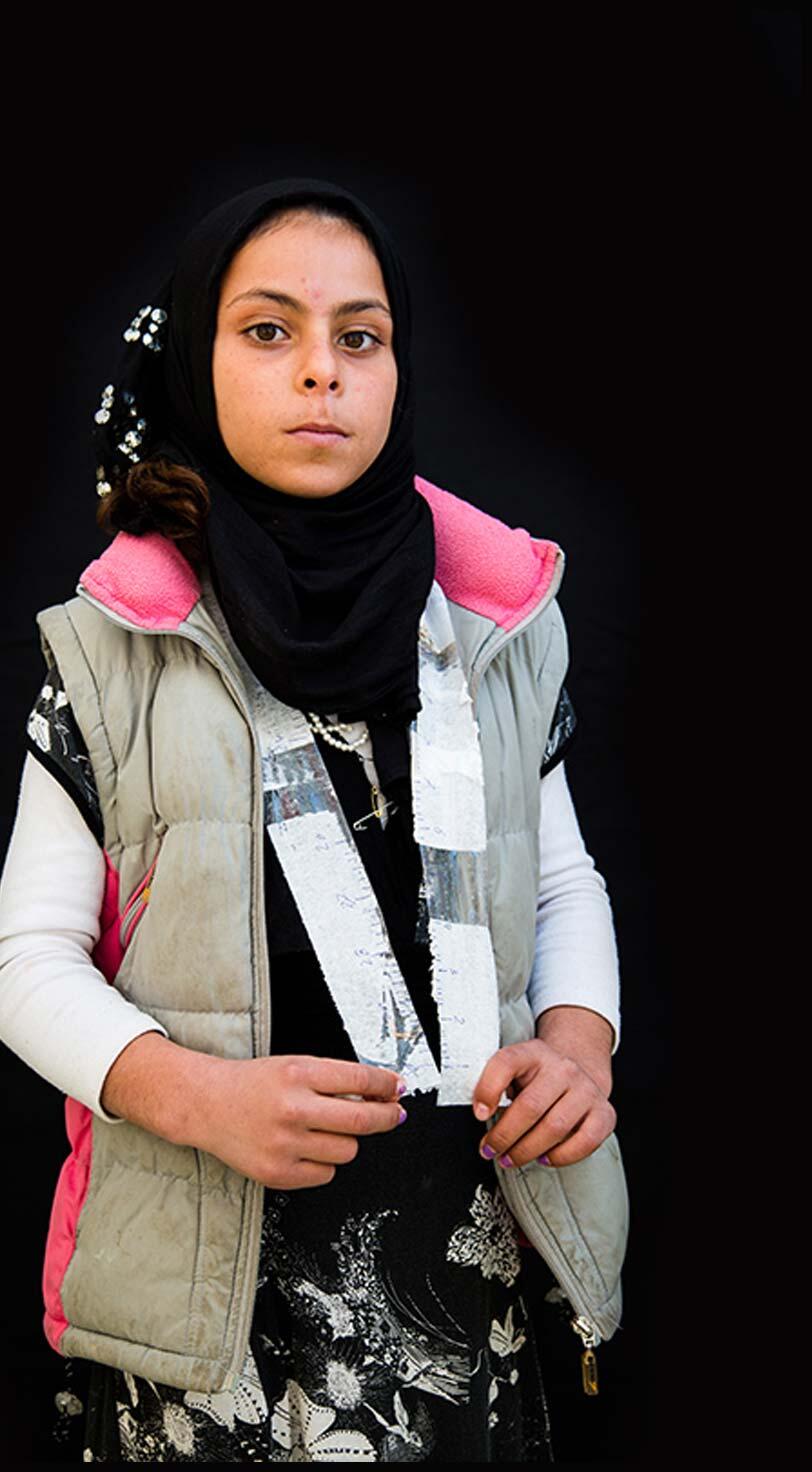
Slide text
UNFPA supports programmes that make communities aware of the harms of child marriage and that teach girls their rights. Halaz, 14, a refugee from Syria, wants to dedicate her life to defending these rights. “I’m not going to become just any kind of lawyer – I’m going to become a human rights lawyer, and I’ll work for free to defend anyone who’s facing problems during wars and conflicts.”
Photo credit
© Vincent Tremeau / Interview by Corinne Redfern
Text orientation
Right

Sub Title
Teaching girls about their human rights is a critical first step towards ending this practice.

Slide text
“When we were living under Daesh, we couldn’t do anything we wanted to do. They were doing a lot of bad things,” said Nufa, 12, of Abali, Iraq. “But my aunt taught me that the best way to fight back against that is to keep doing the things that you love. I love making things the most, so when I grow up I’m going to crochet and sew things all the time.”
Photo credit
© Vincent Tremeau / Interview by Corinne Redfern
Text orientation
Left
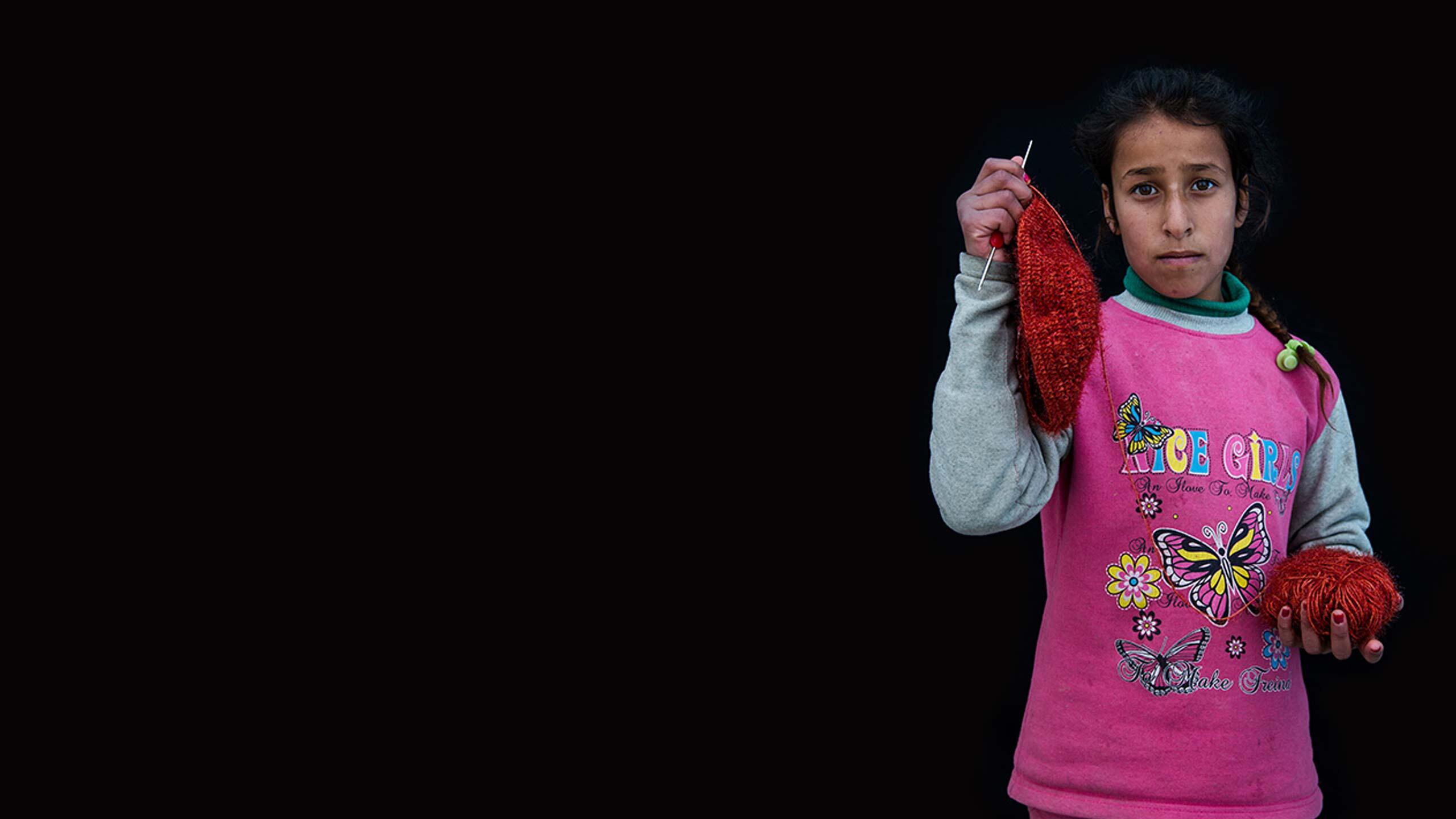
Sub Title
Girls must also be educated and empowered to advocate for themselves.
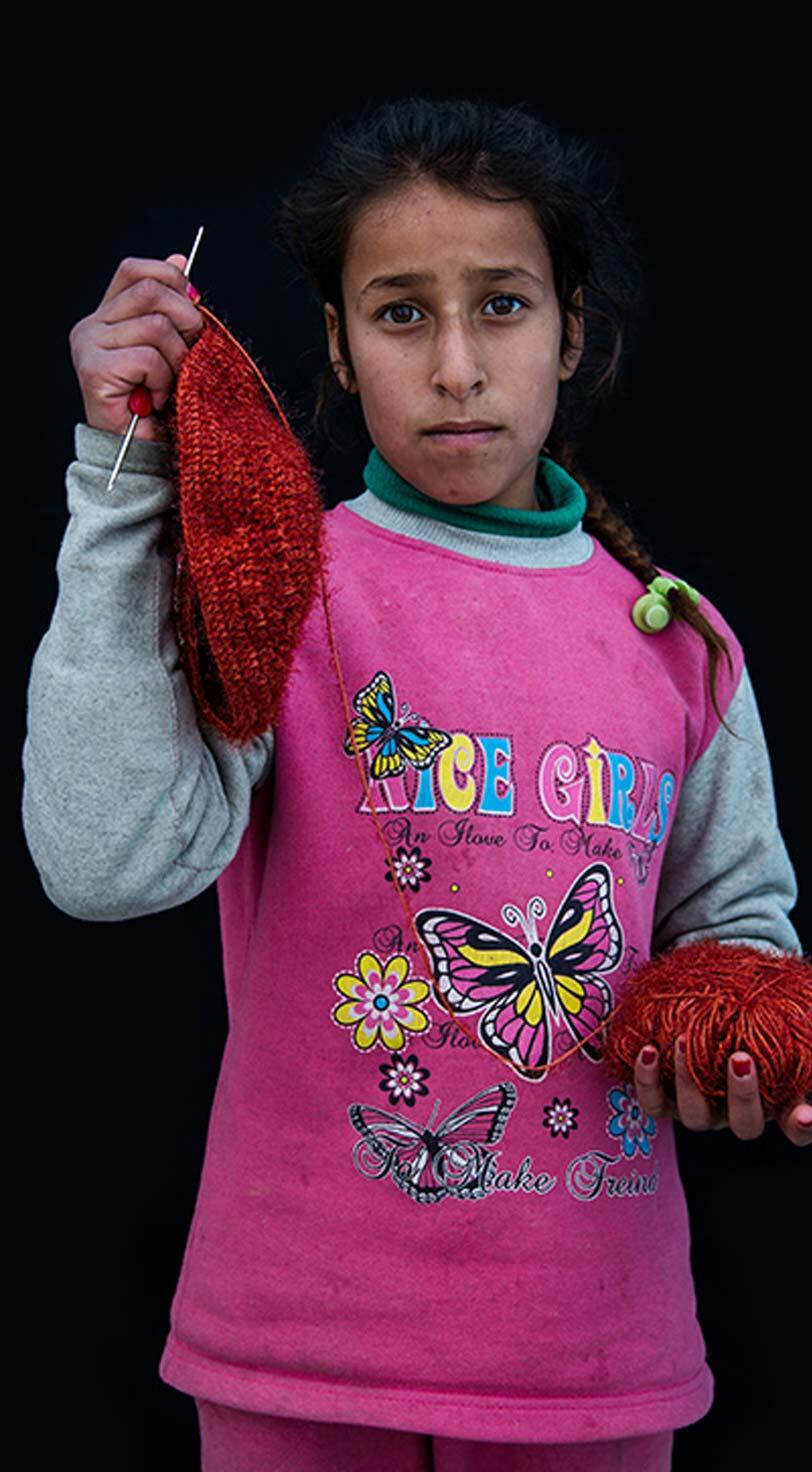
Slide text
“My father says that he wants me to grow up so that I’m not dependent on a man, and my mother feels the same way. That’s why I might not get married at all,” said Monika, 15, from Hatyahu, Nepal. She wants to be a doctor.
Photo credit
© Vincent Tremeau / Interview by Corinne Redfern
Text orientation
Left
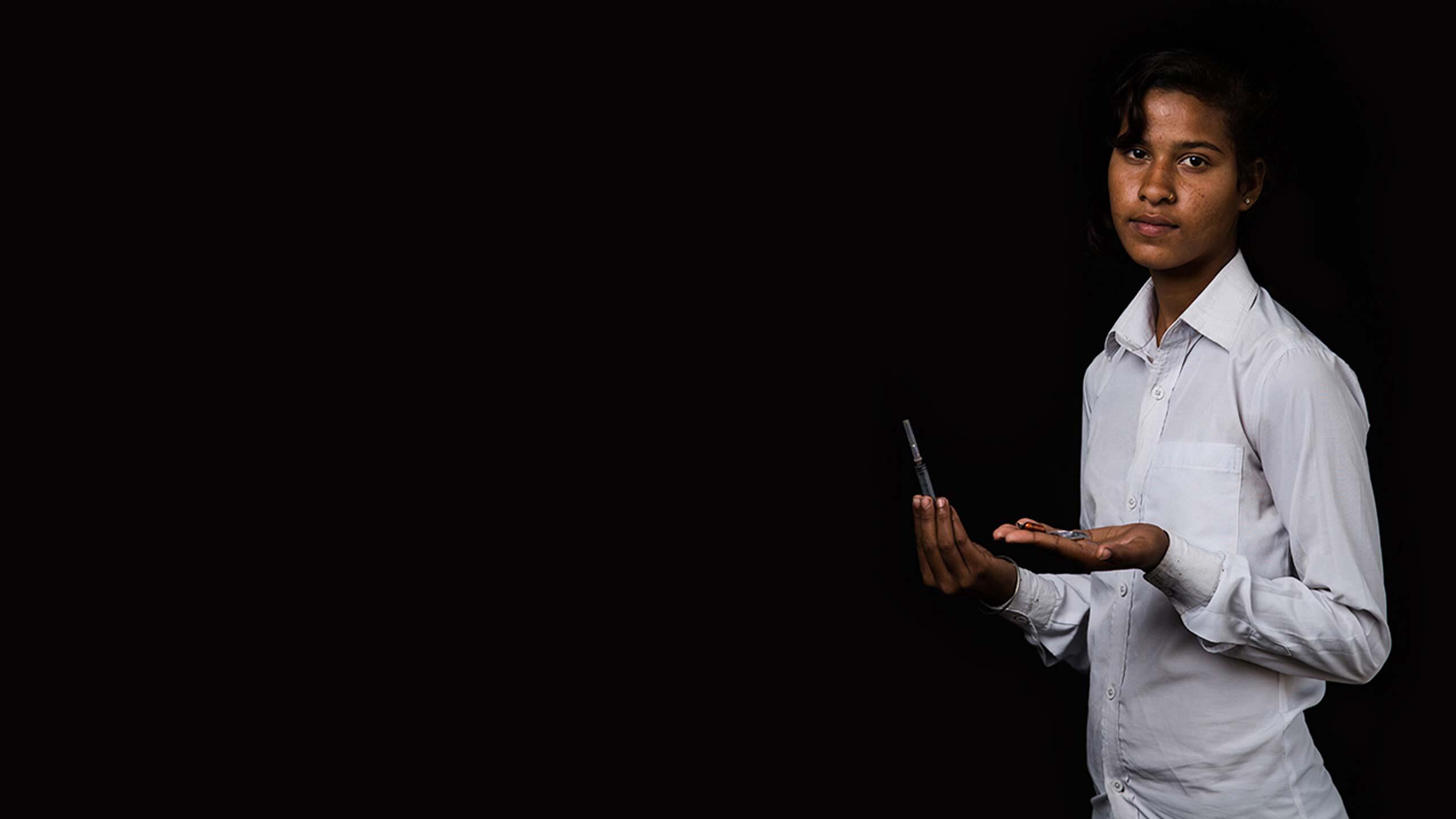
Sub Title
When girls are valued, when their rights are upheld, and when they have access to school and health care, there is no limit to what they can achieve.
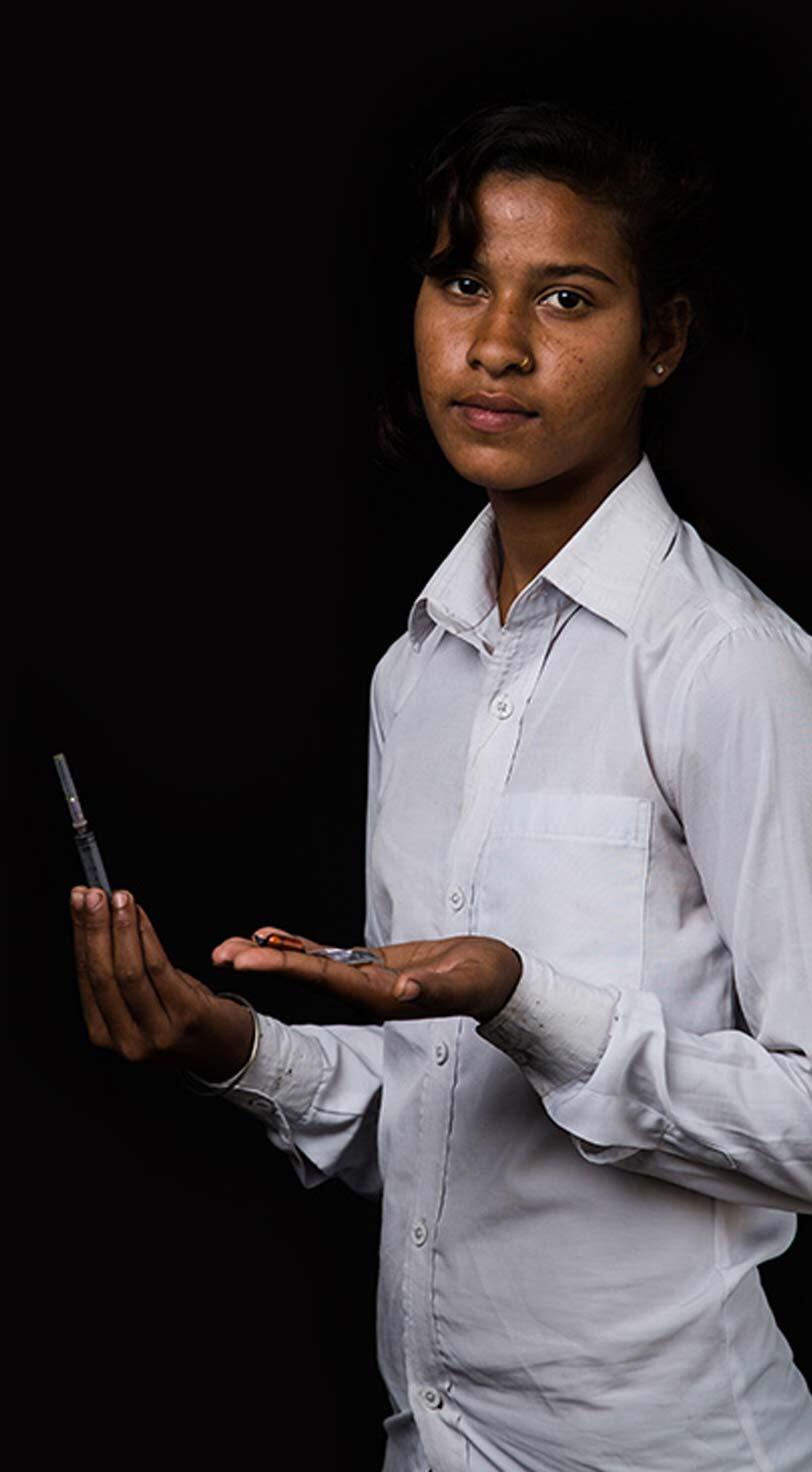
Show feature
No
Related tags
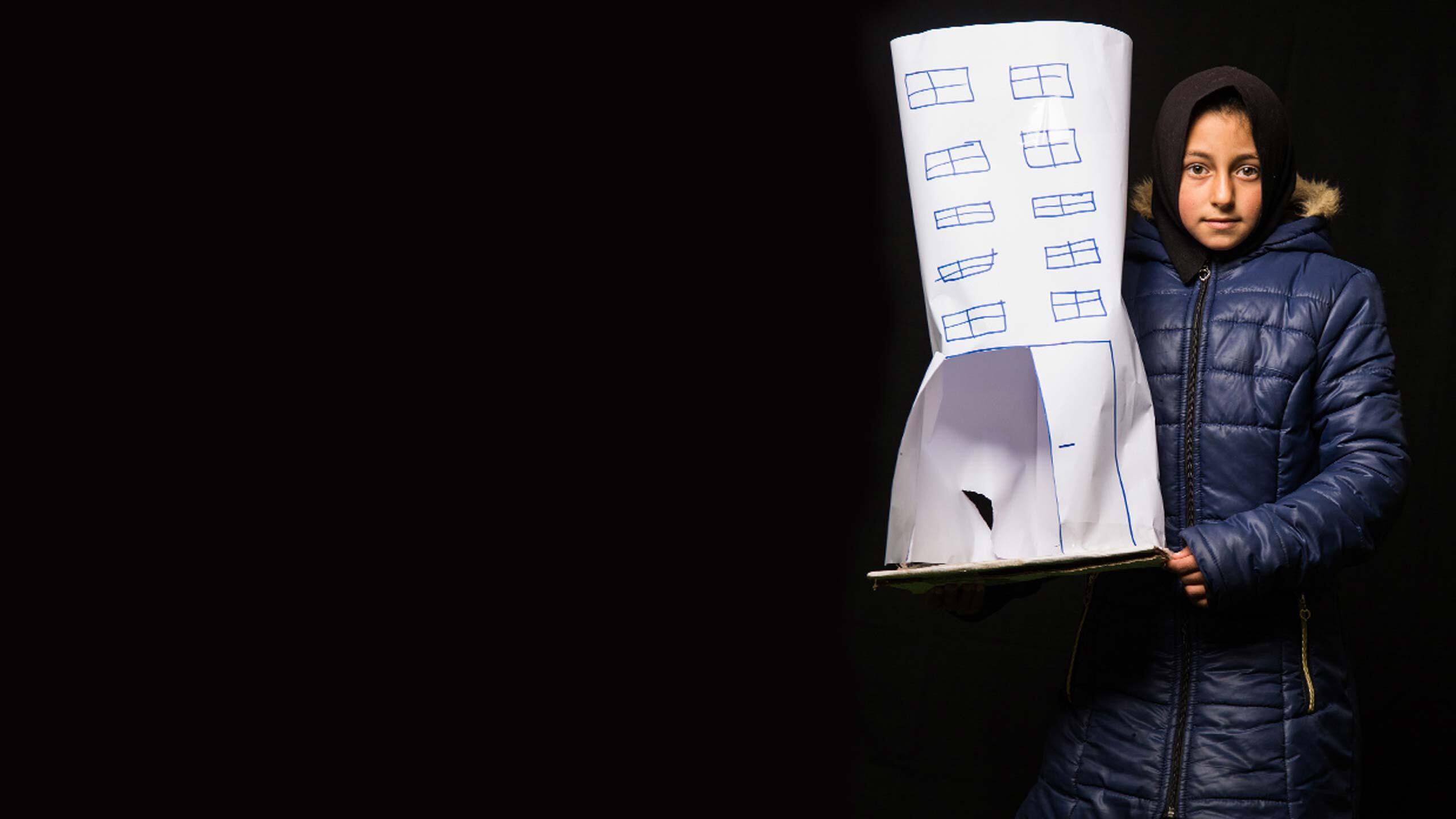
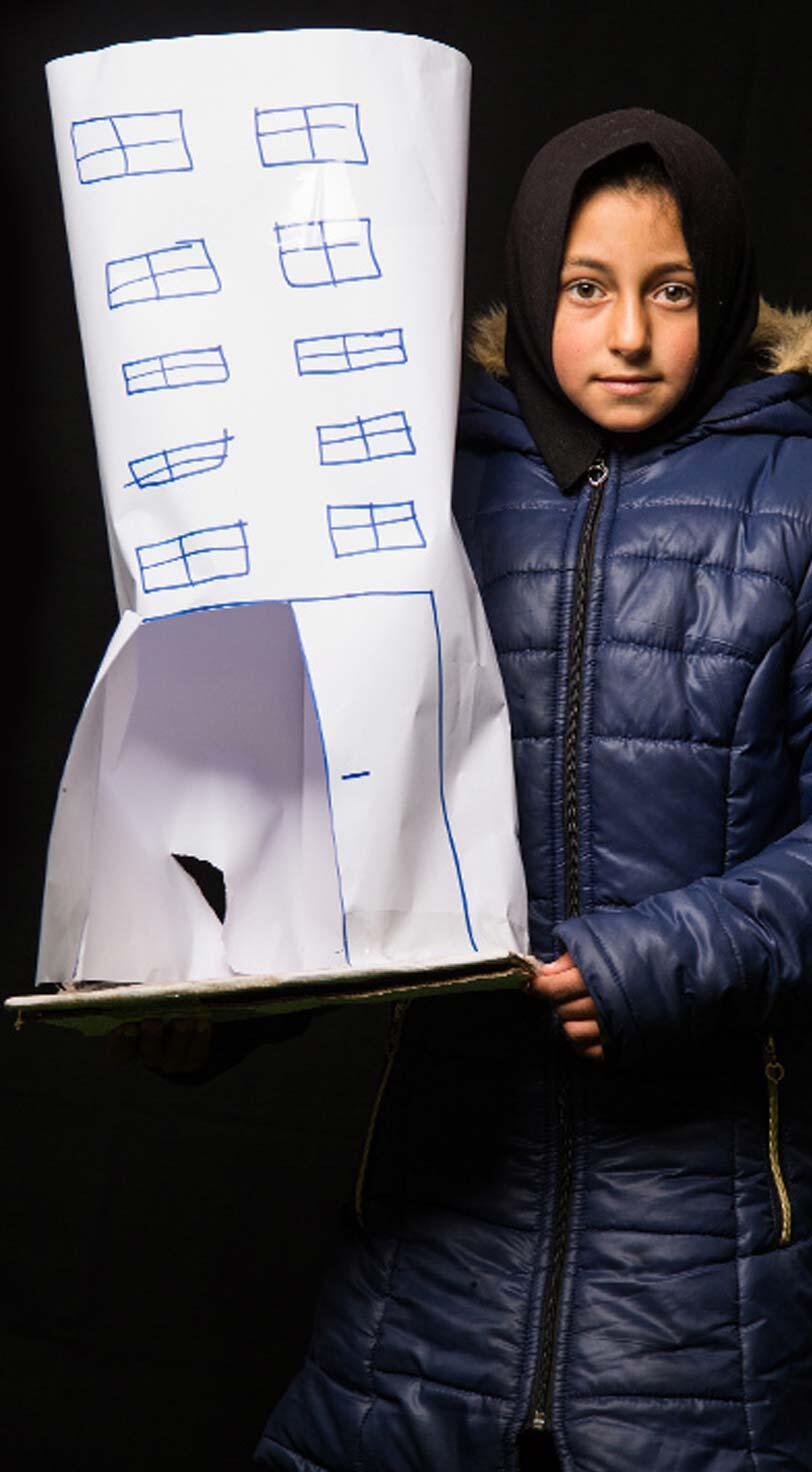
Feature banner image
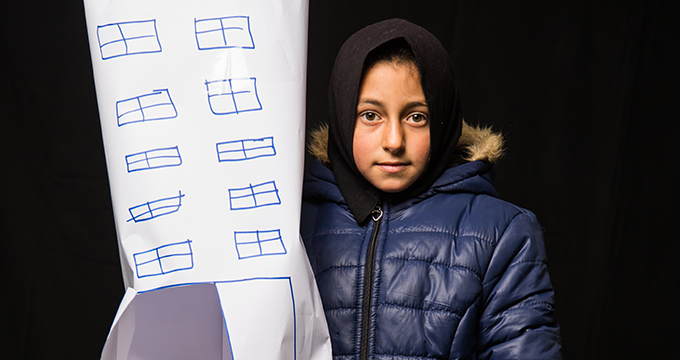
Workflow State
Published